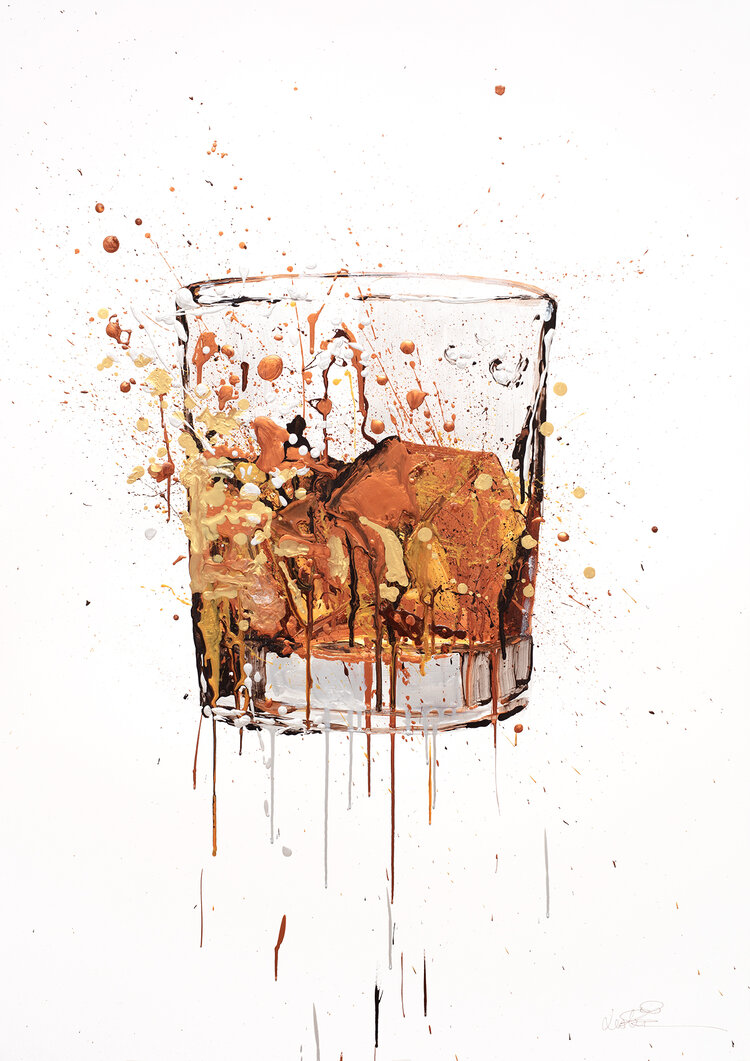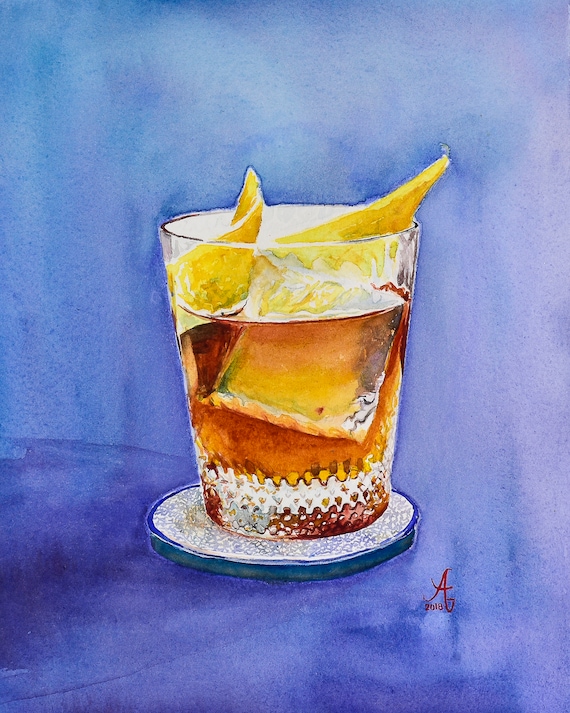Limited Edition Bourbon Art: Why Collectors Are Crowding to Special Finds
Limited Edition Bourbon Art: Why Collectors Are Crowding to Special Finds
Blog Article
The Value of Whiskey Art in Celebrating Heritage and Craftsmanship in the Beverage Sector
The elaborate partnership in between whiskey art and the celebration of heritage and workmanship within the beverage sector can not be overstated. With attentively created bottles and tags, whiskey brands envelop their historical origins and the artisanal skills that specify their manufacturing techniques.
The Historical Roots of Whiskey
At the heart of whiskey's allure exists an abundant tapestry of historic roots that map back to old civilizations. The beginnings of bourbon can be connected to the purification techniques of the Sumerians and Babylonians around 2000 BCE, where early types of fermented grain beverages started to arise. Nonetheless, it remained in the Middle Ages that the art of purification progressed dramatically, particularly in Ireland and Scotland, leading to the development of bourbon as we understand it today.
The term "whiskey" itself obtains from the Gaelic word "uisce beatha," meaning "water of life." This phrase emphasizes the social significance of whiskey in Celtic cultures, where it was typically connected with rituals, celebrations, and common bonding. By the 15th century, distillation ended up being an identified craft within reclusive communities, leading the way for the establishment of legal distilleries.
As trade routes broadened, scotch's appeal grew, going beyond regional borders and capturing the passion of aficionados worldwide. Realism Art. This historic trip shows not just the workmanship behind scotch manufacturing however likewise its integral function in cultural and social contexts, noting it as a considerable drink throughout background
Artistic Expression in Branding
Whiskey branding stands as an engaging intersection of virtuosity and business, where aesthetic identity plays a critical duty fit consumer assumption. The looks of bourbon labels, product packaging, and advertising products show not only the brand name's tale yet likewise its core values and heritage. Via imaginative expression, distilleries convey a story that resonates with customers, stimulating emotions and stimulating connections.
Making use of color, typography, and imagery in branding offers to distinguish items in a saturated market. Typical themes may stimulate a sense of authenticity and craftsmanship, while contemporary designs can represent innovation and forward-thinking. This critical artistic direction enhances brand acknowledgment and commitment, enabling consumers to build an individual connection with the whiskey they select.
Furthermore, imaginative expression in branding often functions as a celebration of local heritage. Distilleries frequently include local signs or historic references right into their styles, producing a sense of location that invites consumers to partake in a wider social experience. Eventually, the artistry behind scotch branding not just enhances visual charm however likewise enhances the general story of the brand name, fostering a deeper admiration for the craftsmanship and heritage embedded in each container.
Workmanship in Container Style
The virtuosity noticeable in bourbon branding expands beyond visual identification to include the craftsmanship associated with container layout. Each bottle acts as a vessel not just for the spirit within, however likewise for the story it outlines its beginning, quality, and custom. The style procedure requires thorough interest to information, as elements such as product, shape, and closure add substantially to the general understanding of the scotch.
Workmanship in bottle style includes picking top notch glass that can enhance the scotch's shade and clearness, while also providing a tactile experience for the customer. The silhouette of the container need to be both practical and cosmetically attractive, often mirroring the heritage of the brand name. Several distilleries select one-of-a-kind forms or printed logos that stimulate a sense of credibility and background.
Additionally, the label layout and typography play a critical function in interacting the brand name's narrative. Realism Art. A well-crafted container not just astounds the customer's eye however additionally strengthens the brand name's commitment to high quality and tradition. This way, the workmanship of bottle style becomes an essential element of the scotch experience, combining artistry with an extensive regard for heritage
Social Importance of Scotch Art
Commemorating custom and workmanship, the cultural significance of whiskey art transcends plain appearances, linking with the social and historical stories of the areas where it stems. Each bottle offers as a canvas, depicting the one-of-a-kind stories, folklore, and traditions that have actually formed neighborhood whiskey-making methods. The detailed styles frequently mirror the heritage of the distillers, integrating icons and motifs that reverberate with the culture and worths of their neighborhoods.

In enhancement, whiskey art plays an important function in public celebrations and events, working as a substantial web link in between people and their shared experiences. By valuing the creativity in whiskey product packaging, customers cultivate a much deeper understanding and regard for the craft, ultimately enriching their pleasure of the beverage itself.
Modern Trends in Whiskey Discussion
In the last few years, the presentation of scotch has actually progressed to mirror contemporary preferences and patterns while still honoring traditional craftsmanship - Limited Edition. Distilleries are increasingly concentrating on visual elements that improve the overall drinking experience, linking the gap in between heritage and modernity
Cutting-edge bottle designs have actually emerged, frequently integrating sustainable products and creative tags that inform compelling tales. Numerous brands now work together with local artists, infusing their products with special visual expressions that resonate with consumers. In addition, limited-edition launches are frequently packaged in collectible containers, adding worth and charm for lovers.

Verdict
To conclude, scotch art functions as an important avenue for sharing the heritage and workmanship integral in the beverage industry. Via detailed branding, ingenious container styles, and culturally substantial imaginative aspects, whiskey brand names successfully recognize their customs and connect with customers. This artistic story not just elevates the recognition of whiskey however additionally reinforces neighborhood identification and pride among producers. Ultimately, whiskey art plays an essential function in preserving and commemorating the rich social tapestry of whiskey-making.


Workmanship in bottle style involves selecting high-grade glass that can enhance the bourbon's shade and clarity, while likewise giving a tactile experience for the consumer. In this way, the craftsmanship of bottle style ends up being an essential element of the bourbon experience, combining creativity with a profound respect for heritage.
In final thought, bourbon art serves as a crucial channel for expressing the heritage and craftsmanship fundamental in the beverage sector.
Report this page